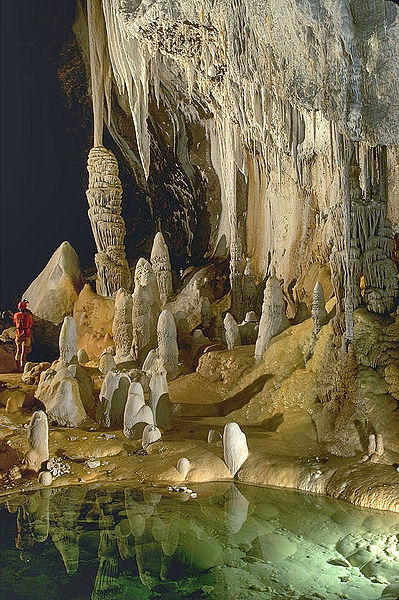The historical collapse of certain cultures was likely associated with severe droughts, research published this week in Scientific Reports has shown. 
Cave deposits, known as stalagmites, provide a valuable insight into how the climate has changed in the past. Changes in their elemental makeup inform us that major climate events, such as droughts, took place, however, the effect that these events had on society is somewhat more difficult to unravel.
A team of scientists, led by Tan Liancheng from the Chinese Academy of Sciences, have discovered a unique cave in central China that contains both stalagmites and dated inscriptions describing the effects that severe droughts had on the local population.
One inscription read: "On May 24th, 17th year of the Emperor Guangxu period... the local mayor Huaizong Zhu led more than 200 people into the cave to retrieve water. A fortuneteller named Zhenrong Ran prayed for rain during a ceremony".
For the first time, this enables a direct comparison of geochemical and historical records from the same location. It appears that severe droughts, and even a short dry period during a normally wet season, can cause social disasters.
Historical documents suggest that the drought events recorded in this cave resulted in starvation and even cannibalism, highlighting the fragile nature of social stability.
Although we may not resort to cannibalism any time soon, co-author Sebastian Breitenbach emphasises that we are not that different from these communities "if you think about the drought in California, even there, there is a huge drought and people have started moving away... so society at large is still vulnerable to such events."










Comments
Add a comment